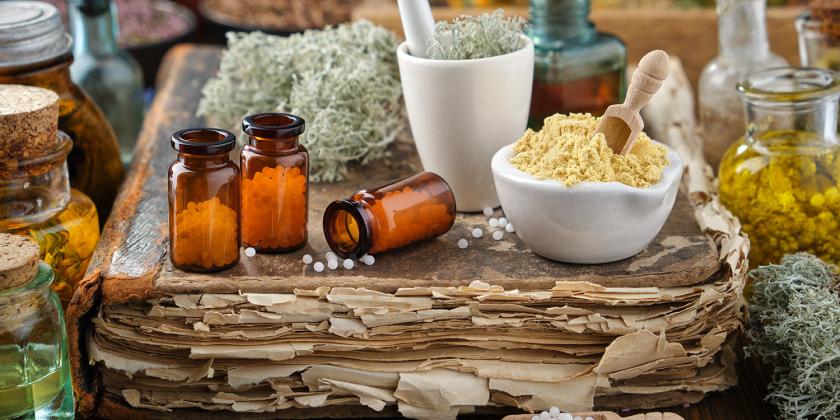
This gentle healing system is based on the concept that "like cures like."
Don't Miss a Thing!
Get the latest articles, recipes, and more, when you sign up for the tasteforlife.com newsletter.

This gentle healing system is based on the concept that "like cures like."
Get the latest articles, recipes, and more, when you sign up for the tasteforlife.com newsletter.